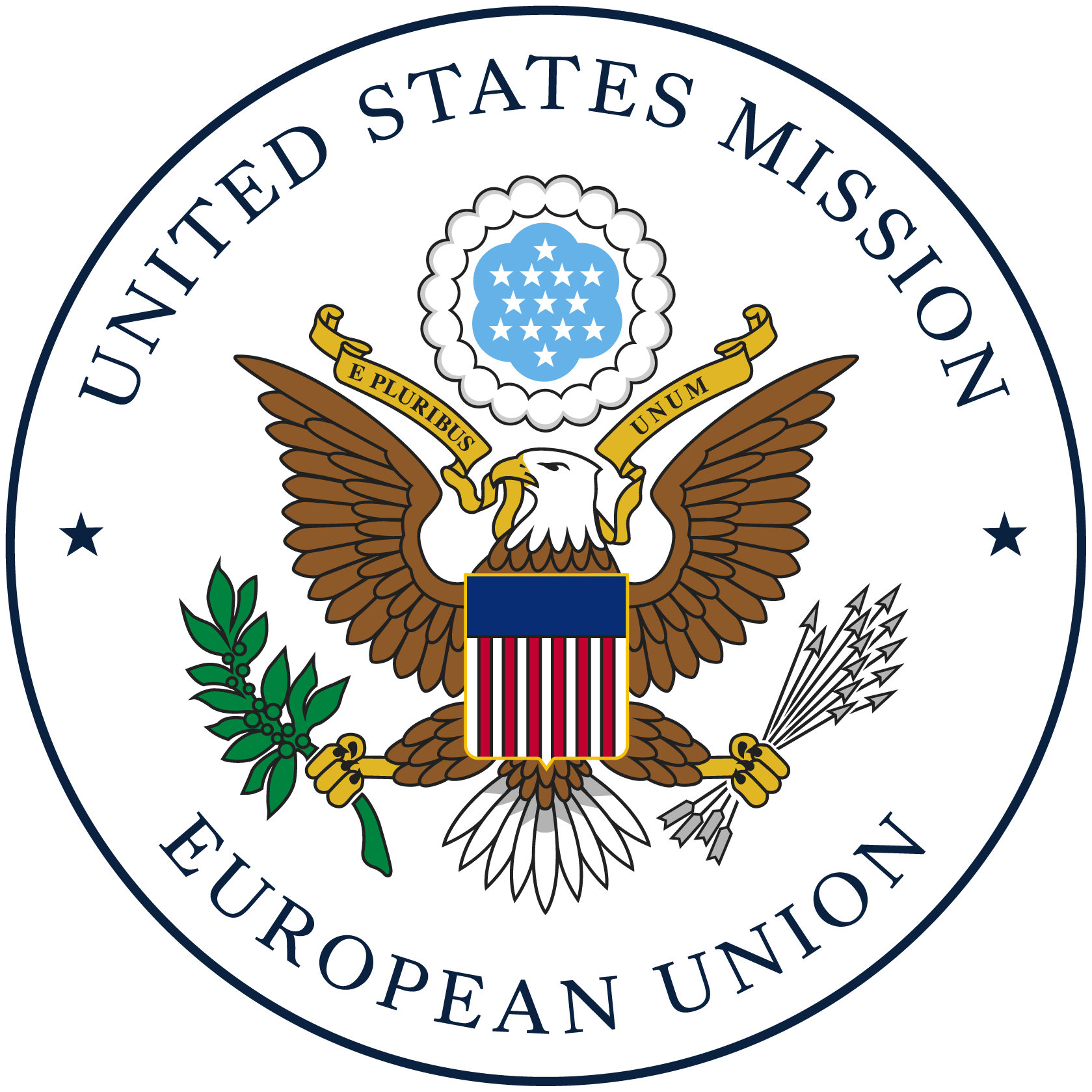Food Additives, Flavorings & Enzymes
The “Package on Food Improvement Agents” includes four regulations: Regulation 1331/2008 establishing a common authorization procedure for food additives, food enzymes and food flavorings; Regulation 1332/2008 on food enzymes; Regulation 1333/2008 on food additives; and, Regulation 1334/2008 on flavorings.
The common authorization procedure for food additives, food enzymes and food flavorings, established by Regulation 1331/2008 introduces a single common procedure for the approval of food additives, flavorings and enzymes. The benefits of this common approach include simplified legislation and more consistency in the procedures used to approve additives, flavorings and enzymes with an emphasis on the safety evaluations by EFSA on which the approval procedure is based.
The implementing rules are laid down in Commission Regulation 234/2011, explaining the content of an application and all the data both administrative and technical that have to be submitted to the Commission. The Commission will then request EFSA to verify the suitability of the data. An application consists of a letter, a technical dossier and a summary of the dossier.
Additives (including colors and sweeteners)
Additives that are authorized in food and their conditions of use are listed in Annex II to the Food Additives Regulation 1333/2008. The authorized uses of additives are listed according to the category of food to which they may be added. Annex I to regulation 1333/2088 lists the definitions of 26 different categories of food additives. Only additives included in the EU’s positive list are authorized under specific conditions. An important difference from U.S. legislation is that the use of flour beaching agents chlorine, bromates and peroxides is not allowed in the EU.
Annex III to Regulation 1333/2008 contains a second list of food additives approved for the use in food ingredients such as other food additives, food enzymes, food flavorings and nutrients. Specifications for food additives listed in Annexes II and III are laid down in Commission Regulation 231/2012.
Annex IV lists traditional foods for which certain Member States may continue to prohibit the use of certain categories of food additives.
Annex V to Regulation 1333/2008 contains labeling information for six food colors: Quinoline Yellow (E104), Sunset Yellow (E110), Ponceau 4R (E124), Tartrazine (E102), Azorubine/Carmoisine (E122) and Allura Red AC (E129). Foods containing these colors have to be labeled “may have an adverse effect on activity and attention in children” (see also Section V – Labeling Requirements). The limits for these food colors were lowered by Commission Regulation 232/2012.
An evaluation program set up by Commission Regulation 257/2010 requires a new risk assessment carried out by EFSA for additives which were approved before Food Additives Regulation 1333/2008 entered into force. On October 13, 2015, EFSA published a list of food additives under re-evaluation. In September 2016, EFSA completed the re-evaluation of the food colors.
The re-evaluation of the other approved food additives shall be completed by the end of:
- 2015-2016 for preservatives, antioxidants, glutamates, silicon dioxide
- 2018 for all additives other than colors and sweeteners (currently in Directive 95/2/EC)
- 2020 for all sweeteners (currently listed in Directive 94/35/EC)
Permitted food additives and the status of their re-evaluation by EFSA can be found in the Summary table (status as of March 7, 2017).
The Commission’s food additives database together with its user guide provides detailed information on the different food additives allowed in the EU. More information on the use of food additives can be obtained from the European Commission’s website at http://ec.europa.eu/food/safety/food_improvement_agents/index_en.htm
Flavorings
Regulation 1334/2008 on flavorings and certain food ingredients with flavoring properties sets specific rules for the use of the term “natural.” Annex I of Regulation 1334/2008 establishes a list of substances that are authorized for use in the EU. The authorized uses of flavoring substances are listed according to the category of food to which they may be added and are also available in an on-line database allowing consumers, food businesses and food control authorities to verify which flavoring substances are authorized in food.
The procedure for the safety assessment and the authorization of smoke flavorings intended for use in or on foods is established in Regulation 2065/2003. The Union list of authorized smoke flavoring primary products for use as such in or on foods and/or for the production of derived smoke flavorings is established by Commission implementing Regulation 1321/2013.
The authorized uses of flavoring substances will be listed according to the category of food to which they may be added and are also available in an on-line database allowing consumers, food businesses and food control authorities to easily identify which flavoring substances are authorized in food.
Enzymes
Regulation 1332/2008 on food enzymes introduces harmonized rules for their scientific evaluation and authorization in the EU and establishes labeling requirements. Specific labeling requirements are set in Articles 10-13 of Regulation 1332/2008.
Regulation 234/2011, on the implementation of the common authorization procedure, last amended by Commission Implementing Regulation 562/2012, regarding specific data required for risk assessment of food enzymes, sets out a deadline of two years starting from September 11, 2011 to submit applications on existing and new enzymes and for industry to provide the information for the risk assessment. However, the initial deadline for submitting applications was extended to 42 months by Commission Regulation 1056/2012, amending Regulation (EC) No 1332/2008.
Until the adoption of an EU positive list of authorized enzymes, the existing national provisions on the marketing of food enzymes will continue to apply.
Processing Aids
Processing aids are subject to Member States’ national legislations. EU harmonized rules exist only for certain categories of processing aids: a list of extraction solvents allowed in the production of foodstuffs and food ingredients, along with their conditions of use has been established in Council Directive 2009/32/EC (last amended by Directive 2010/59/EC).

